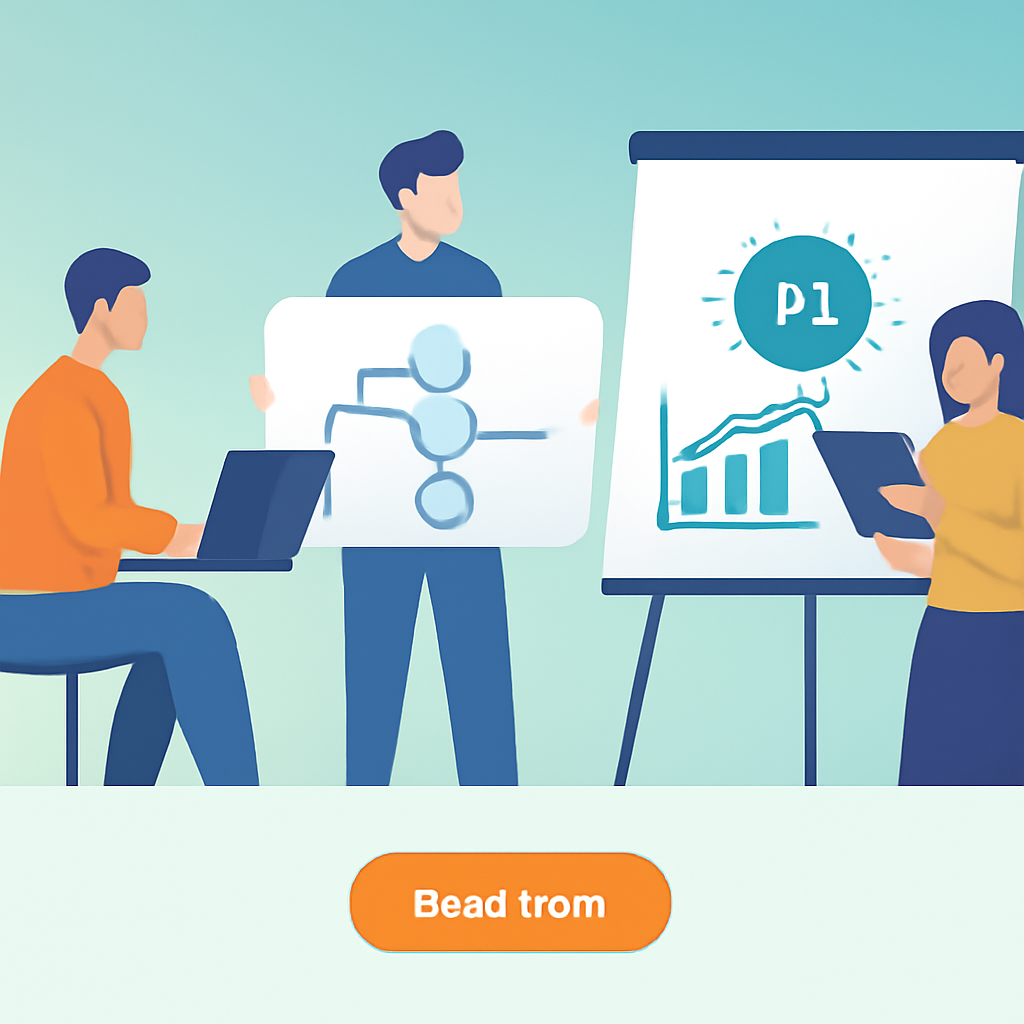Agentic Workflows: How Small Businesses Are Using AI to Transform Daily Operations and Content Creation
Artificial intelligence is rapidly evolving from an experimental tool to an essential pillar of small business success. Today, agentic workflows—where autonomous AI agents independently run critical operations—are empowering small companies to work smarter, streamline content creation, and compete more effectively. As more businesses adopt these advanced systems, agentic workflows are fundamentally reshaping how everyday work gets done.
Defining the Agentic Workflow
Agentic workflows represent a leap beyond simple automation, enabling AI agents to perceive context, analyze data, and act independently. Unlike basic automation, which follows fixed scripts, agentic systems adapt dynamically to changing business conditions and outcomes.
Nick Caruso, an AI agent developer, likens the adoption journey to martial arts proficiency: “If you’re just using chat GPT, you’re at a white belt. But agentic workflows, where AI truly automates processes, are the black belt level.” This analogy illustrates the distinction between basic AI use and advanced, autonomous systems in daily business.
At their core, agentic frameworks combine several key elements: AI agents that monitor and act; workflow intelligence to guide priorities; and automation tools to execute the necessary work across business platforms. For small businesses, this evolution is especially significant—they can automate repetitive or complex tasks, freeing staff for strategic initiatives that grow the business.
Benefits and Risks of AI Adoption
Agentic workflows offer substantial advantages for small businesses. They streamline time-consuming tasks, boost productivity, and help teams scale without equivalent growth in overhead. For example, AI-powered content tools handle everything from research and ideation to writing and publishing, dramatically reducing production time and improving consistency. Pete Essex, from 360 Sales Consulting, describes his firm’s gradual rollout: “We have an AI Hub with six agents—one for blogs, another for cold emails, one for compensation planning, and more coming soon.” This modular approach lets companies expand automation as needs and confidence grow.
Beyond content, agentic AI handles lead qualification, customer support, and even inventory management. Retailers like Nakie use AI to track sales trends, manage stock levels, and parse customer reviews—optimizing operations and customer experience in tandem.
However, the benefits come with risks. Small businesses must invest in data quality and integration to give AI the insights it needs. Change management is another challenge, as teams adapt to new workflows that shift roles and responsibilities. Performance monitoring, oversight, security, and transparency are vital to prevent errors and maintain customer trust.
Phil Gerard highlights the importance of user experience: “There’s an agent that will seamlessly speak with you and make appointments… You can interrupt like a real conversation, and it adapts immediately.” Such systems show how natural, intuitive interfaces encourage adoption—but also require careful design and training.
Future Prospects and Organizational Impact
The potential of agentic workflows extends beyond today’s practical gains. As AI capabilities advance, the divide between small and large business operational power will diminish, leveling the competitive landscape. Early adopters will accumulate data and insights, compounding their strategic advantages over time.
The rise of agentic workflows also prompts a shift in organizational design. Small businesses can adopt “AI-first” models, building efficiency and innovation into their DNA. Employees’ roles will evolve—from handling routine tasks to focusing on oversight, creativity, and strategic planning.
However, rapid advancement brings integration challenges. Sophisticated AI requires secure, well-governed data and seamless cross-platform communication. Privacy, security, and compliance remain non-negotiable responsibilities.
Joseph Frost details a workflow in action: “Videos and transcripts are uploaded, AI transcribes and drafts communications for approval, and the process iterates with human input before delivering results to group members.” Such models exemplify how human oversight and automation co-exist, delivering efficiency without sacrificing quality.
Takeaways and Lessons
Adopting agentic workflows means more than deploying new tech—it’s a strategic investment in future readiness. Small businesses should start with focused pilots in high-impact areas, prioritize staff education, and measure progress with clear metrics. The most effective AI implementations emphasize collaboration rather than replacement, integrating human judgment at key decision points.
Data quality, security, and change management are essential. Companies that build strong foundations can scale AI across multiple functions—from marketing and customer service to finance and operations—multiplying their competitive edge.
Over time, agentic workflows will likely become business essentials, not just differentiators. Forward-thinking companies that start this journey now will be best positioned to thrive.
Conclusion
Agentic workflows mark a new chapter in small business competitiveness. By empowering autonomous AI agents to handle complex tasks, small businesses achieve operational excellence, higher productivity, and richer customer engagement. These benefits are already visible across content creation, customer service, inventory, and beyond. The journey demands careful planning, investment in data, thoughtful change management, and ongoing oversight—but the rewards are substantial. As this technology matures, businesses that embrace agentic workflows now gain a powerful foundation for sustainable growth and long-term success.
Sources
- What is agentic workflow: Otter.AI
- Small Business AI Implementation: SCORE
- Digital Marketing AI Case Studies: CertaintyNews
- Agentic Content Creation: CertaintyNews
- How AI Agents Orchestrate Work: Databricks
- Voice-Based AI Agents: Callingly
- Inventory Management AI: Salesforce
- AI for Customer Service: Forbes
- AI Maturity Model: Gartner
- AI Maturity: MITRE
- AI in HR and Operations: SHRM
- Security and Compliance with AI: NIST
- Related: How AI is Driving Small Business Growth
- Related: Automating Small Business Sales with AI Workflows

